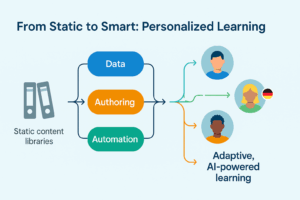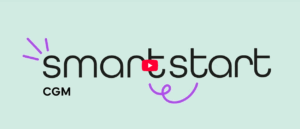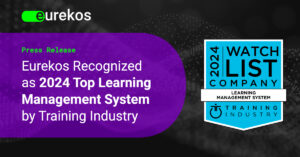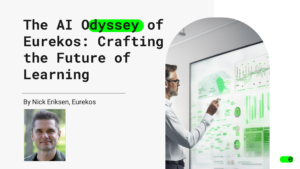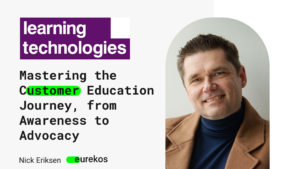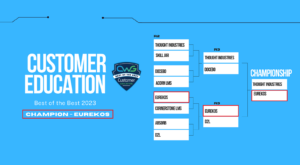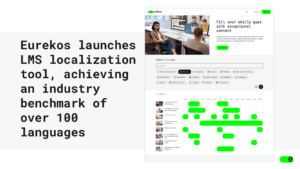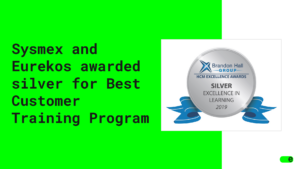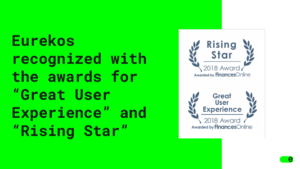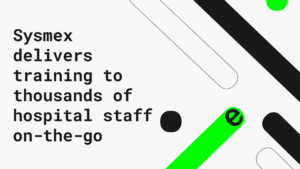6 Steps to Identifying the Skills Gaps in Your Organisation
While researchers and executives often refer to skills gaps (or ‘shortages’ or ‘mismatches’), people may mean different things when they talk about the basic concept. Sometimes it refers to the inability of companies to hire people with the appropriate skills needed to fill job vacancies. Other times, the phrase is used to describe the ‘competence gap’ that exists within individuals; they lack the hard skills or soft skills needed to stay current with their jobs in administration, production or service as the work evolves.
No matter how you define it, the result is the same: needless pressure on business productivity. An organisation with insufficient staffing will be unable to stay current with market demands, driving sales (and revenues) to better-outfitted competitors across town or across borders. And individuals lacking the skills they need to do the job right impose a major drag on corporate productivity.
In this article you will learn the six-step process for identifying your organisation’s skills gaps. Without that understanding, you will have little success in filling the shortages and closing the gap. More importantly, your organisation will misdirect its training efforts, thereby wasting time and money.
Preparing Your Company for a Digital Future
Four in 10 businesses in the European Union (EU) have reported difficulties finding staff with the right skills, according to the European Centre for the Development of Vocational Training (CEDEFOP). This challenge is only growing as companies face increased competition for skilled workers in specific areas (software developers, cybersecurity experts and computer engineers, to name three of the most common skills gap examples). They also follow hiring and employment practices that exacerbate recruitment difficulties (such as companies expecting those they hire to come 100-percent job-ready or relying on the same over-used social channels, such as LinkedIn or Indeed, for identifying potential candidates). The situation is not helped by a business sector maintaining its outdated expectation that training is to be provided by the government.
The result is a downward spiral for workers, who stay trapped in under-skilled jobs, and for companies, which decline to invest in new technologies for lack of right-skilled employees.
Skills drive innovation, the key to enterprise survival. By investing in development of skills for your workers, your company supports the workplace changes needed to sustain market, product, and process innovation.
The recent Future of Jobs Report, from the World Economic Forum, found that businesses predict almost half (44%) of workers’ core skills will be disrupted by 2027.
Automation and AI are likely to lead to the creation of new roles in organisations that may not even exist today, while the green transition and geo-economic conditions will also be major disruptors.
What are these roles and where will these trained people come from?
Among the jobs referenced in previous annual reports are those that are recognizable: data analysts and scientists, software and applications developers, and ecommerce and social media specialists. While these roles obviously fit an increased use of technology, there are others that rely on more “human” skills: customer service workers, sales and marketing professionals, training and development experts, innovation managers, and others.
However, among jobs that relate to emerging technologies are specialist jobs that do not exist in large numbers yet. Companies will be seeking experts across in-demand skills that include artificial intelligence and machine learning, big data analytics, process automation, information security, human-machine interaction, robotics, and blockchain.
There are several fundamental ways companies can prepare for their future strategies:
- They can join the hiring fray and pay the requisite competitive salaries;
- They can hope to automate work, eliminating a trained workforce altogether; or
- They can train existing employees.
Those organisations that master the work of identifying and addressing skills gaps now will be better positioned to reskill and upskill their workforce in time to fully exploit innovation initiatives that will help them attain their business goals.
How to Conduct a Skills Gap Analysis
To make your workforce as competitive as possible for what’s coming, you need to analyse your company’s skills needs and the skills currently held by your workforce. Here’s a step-by-step process:
1. Start with your company strategy.
Identify company goals to understand what roles will be needed in the near-term and far-term. For example, you may find that customer service operations currently handled by phone will be conducted online as part of a broader project to modernise customer relationship management overall. So, individuals working the phones and email will need to develop skills for handling chat, video conferencing and other social channels.
2. Identify the roles required for reaching those goals.
You can develop this list of roles with your internal brain trust or turn to an openly available resource, such as the aforementioned “Future of Jobs Report,” from the World Economic Forum.
3. Create an inventory of skills for each role.
You can turn to multiple sources to help develop a list of the key skills needed for specific roles. Some recruitment firms specialise in performing comparative studies across organisations to develop skill inventories. Individual countries publish official classifications of occupations, describing the skills needed for each. And, if you want to undertake the work internally, you can use job listings from LinkedIn and Indeed, for example, to compile the skills list.
Once you have the list of skills required for specific jobs, you need to prioritise them in two ways: first, by type of skill, and, second, by level of mastery. Doing this will result in a better, more manageable understanding of each role.
4. Inventory the skills your employees have already.
Now it’s time to find out where your company currently stands. You can take numerous approaches to assess your employees:
- Cull through the employee reviews already on file;
- Perform 360-degree reviews that identify skills through co-worker and manager feedback;
- Collect data directly from the employees about their certificates and proven competencies;
- Do observations of workers as they perform their jobs;
- Assess them through testing or role play for specific skills;
- Benchmark employees against top performers in their roles; and
- Evaluate staff using specialised software.
5. Perform your skills-gap analysis.
In this step you compare the skills you need from staff against the skills they possess. The difference between those two elements is the skills gap you’ll be bridging.
An important aspect of this stage is to identify those employees that have shown exceptional skills. (They’ll be especially useful later as content experts.)
6. Now it is time to close the skills gap.
Armed with the information your organisation has developed about the roles needed, the skills in place and those that require further development, it is time to get to work in closing the skills gaps. In this phase, you develop and implement an employee development, partner training or customer education program that uses a combination of learning and social or peer support.
Now it’s time to change the paradigm for your content production, which can also help you embed learning into your company’s culture.





